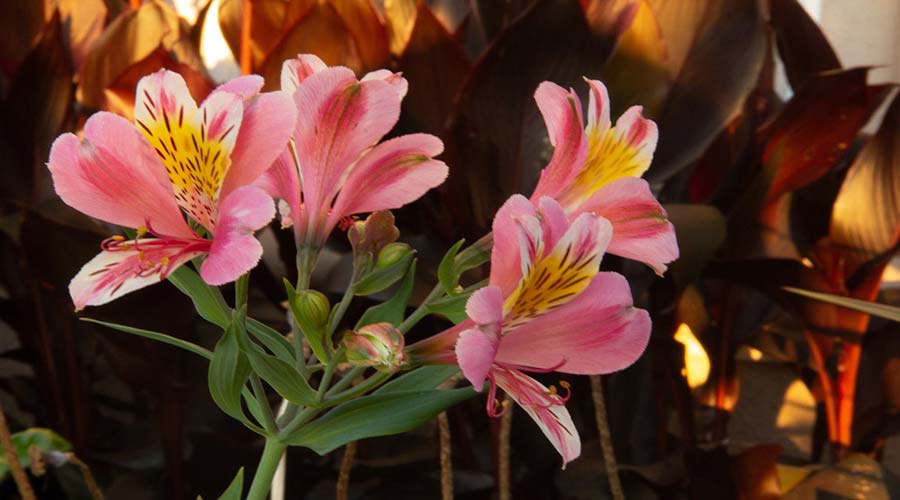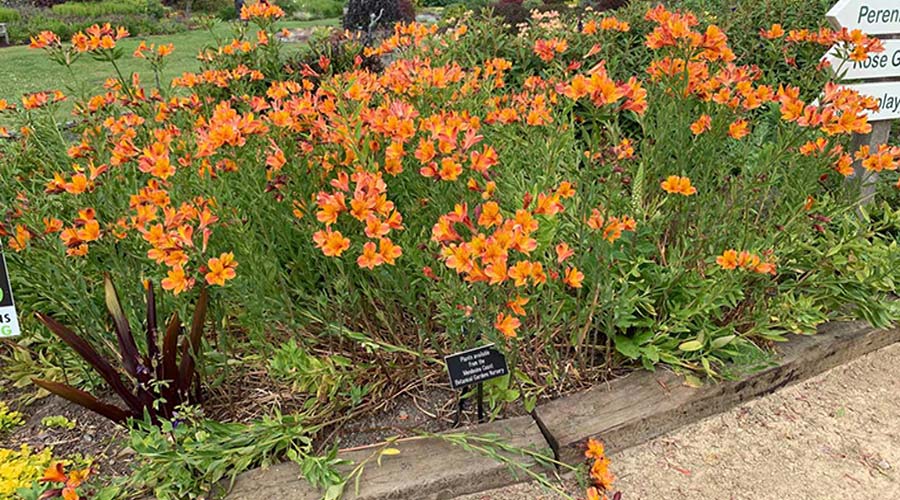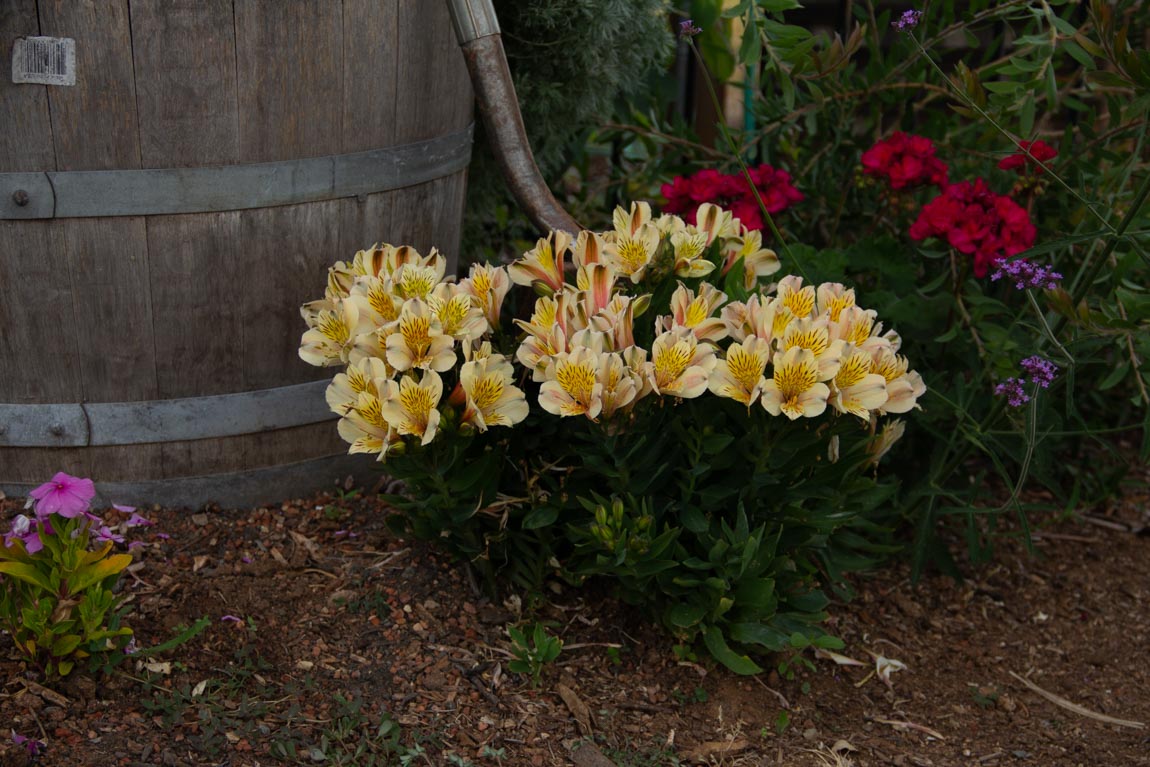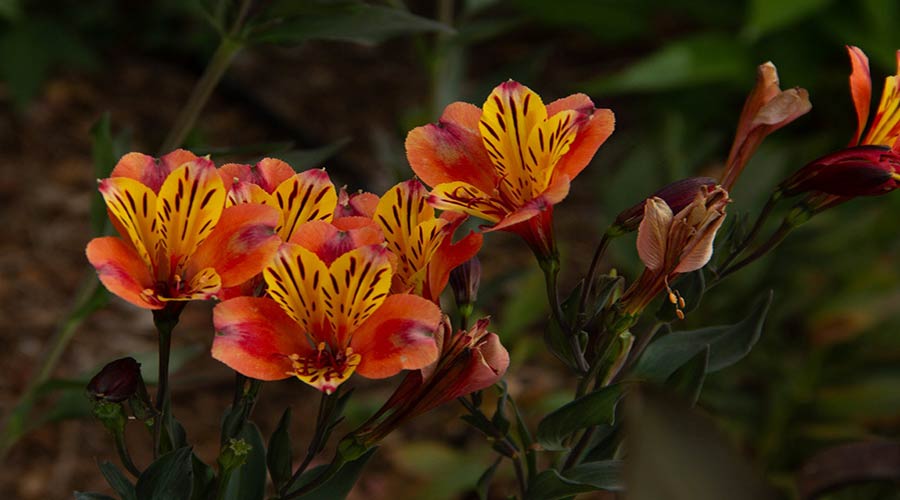Alstroemeria aka Peruvian Lily is one of my favorite flowers in my garden. It is a great cut flower, lasting up to 2 weeks in the vase for me. The lack of fragrance is forgiven because of the wide variety of colors – white, cream, pinks, reds, yellows, orange, lavender, and purple. The only color I have never seen for alstroemeria is blue, however I’m told there is one called “Everest Blue Diamond”. In fact if you are allergic to all fragrance, like a good friend of mine, then alstroemeria is the perfect cut flower for you!

My garden is in USDA growing zone 9, so if your garden is in zone 7-11, then you should have great luck with alstroemeria too.
There are alstroemerias that grow to heights of 3 feet or more and these are the ones perfect as cut flowers. There is also the Princess series, which only grow to a height of 6-8 inches and have a mounding habit. These can also be used as a cut flower but are more commonly used as a bedding plant at the edges of a border.

How to grow Alstromeria?
- Alstroemeria blooms most prolifically if grown in moist (but not soggy) soil. If the soil becomes too dry the plant may become dormant. If too wet, the tubers may rot or become infected with fungal disease. During dry periods in winter, it still needs to be watered lightly.
- In spring, feed your alstroemeria with a general purpose time-released, fertilizer, and water it deeply. Repeat in midsummer and early autumn. To remember when to fertilize, think of the holidays (Mother’s Day, July 4th, and Labor Day!) This rule of thumb is also optimum for roses and other perennials for continuous bloom.
- Spread 2-3 inches of compost to mulch around your alstroemeria. This is a good thing to do for all plans in your garden. Organic mulch enriches the soil, keeps the roots cool, and helps to keep weeds under control. It also helps to extend the blooming time of your alstroemeria.
- VERY IMPORTANT – Pull the stems from the base of the plant, when they finish blooming, or when you are bringing them in for an arrangement. This encourages new growth. DO NOT CUT the stems unless the plants are immature with no strong stems that will pull easily. In this case, cut them at the base with pruning shears.
- Older astromeria plants that appear woody, overcrowded, or unproductive, can be divided in spring, summer or fall, Dig up a clump and pull the tuberous roots into smaller sections with at least 4 or 5 healthy tuberous roots. Replant in well-drained soil in full or partial sunlight.

CAUTION – I have found that deer love to eat my beautiful alstroemeria blooms, as soon as the buds begin to open up! If deer are a problem in your area, I suggest planting your alstroemeria in a deer-proof area of your garden. Spraying with “deer proof” products can be effective and also expensive, and the one time yu forget to spray, the deer will come running! Also, if your alstroemeria are watered by overhead irrigation, it will just wash off any deer-proofing spray.


